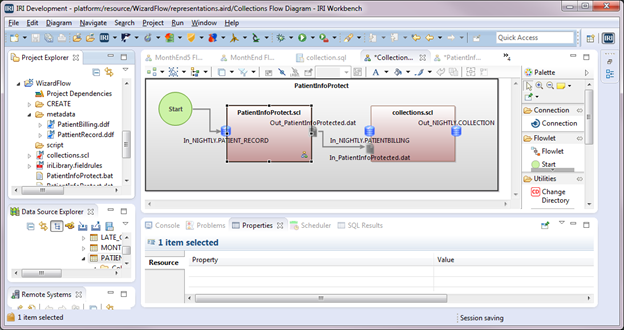 ETL
ETL
Creating a Voracity Flow from a Wizard (Part 2…
This is the second of two articles where we are creating an IRI Voracity ETL flow using new jobs wizards in the IRI Workbench GUI for Voracity, built on Eclipse. Read More
 ETL
ETL
This is the second of two articles where we are creating an IRI Voracity ETL flow using new jobs wizards in the IRI Workbench GUI for Voracity, built on Eclipse. Read More
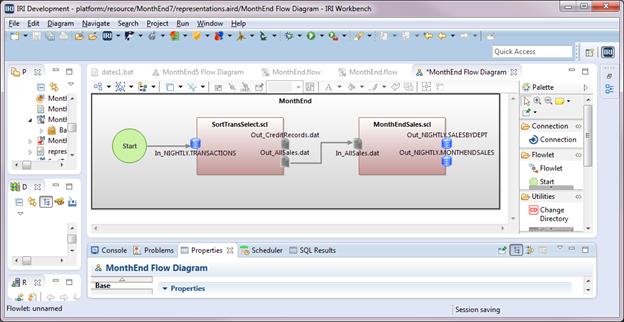 Data Transformation
Data Transformation
This is the third in a series of articles for creating an IRI Voracity ETL flow of a month-end job for processing sales transactions.
In the first article, we brought an existing CoSort SortCL job script that processes month-end sales transactions into Voracity and made modifications. Read More
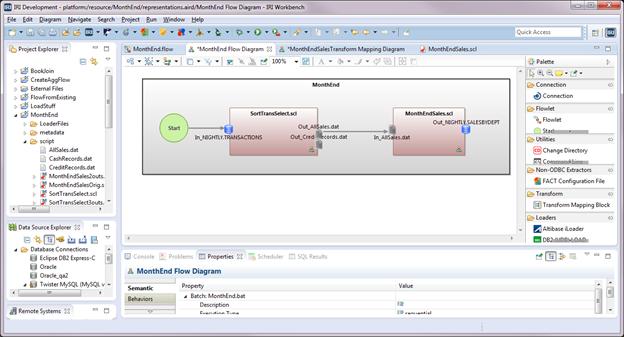 Data Transformation
Data Transformation
This is the second in series of articles illustrating on how to use existing IRI CoSort (SortCL) jobs in graphical IRI Voracity ETL workflows, or more simply, flows. Read More
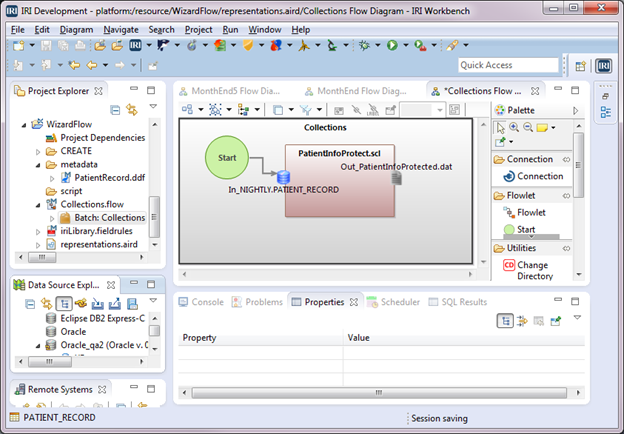 ETL
ETL
Abstract: The IRI Voracity data management platform provides data integration tools, including data pipeline automation for high-performance ETL (Extract-Transform-Load) operations. This article is the first in another series on how to create and use high-performance ETL workflows in the IRI Workbench GUI for Voracity. Read More
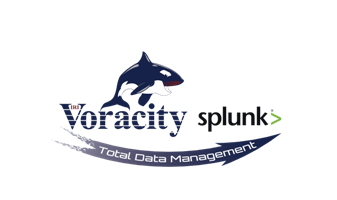 Big Data
Big Data
Update Q3’2019: Subsequent to the development of the IRI Voracity Add-On for Splunk described below, there is now also a Splunkbase-registered IRI Voracity App for Splunk available for Seamless Data Preparation, Indexing, and Visualization…
After our first examples of external unstructured data preparation and PII data masking for Splunk generated interest in these capabilities, IRI wanted to develop a direct integration from the Splunk user interface (UI). Read More
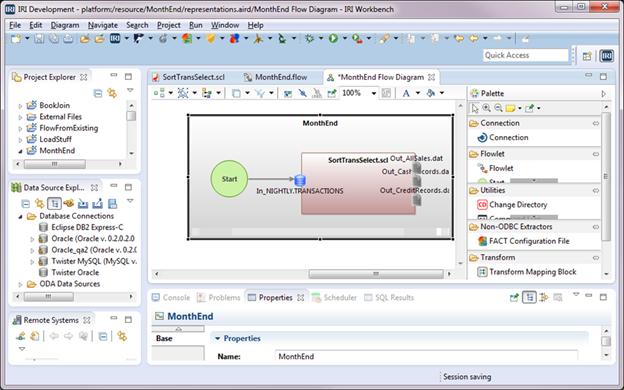 Data Transformation
Data Transformation
This is first in a series of articles explaining how to create and use Flows in the IRI Workbench GUI for Voracity. Flows contain ETL and other data processing steps, and are illustrated in flow and transform mapping diagrams in the GUI. Read More
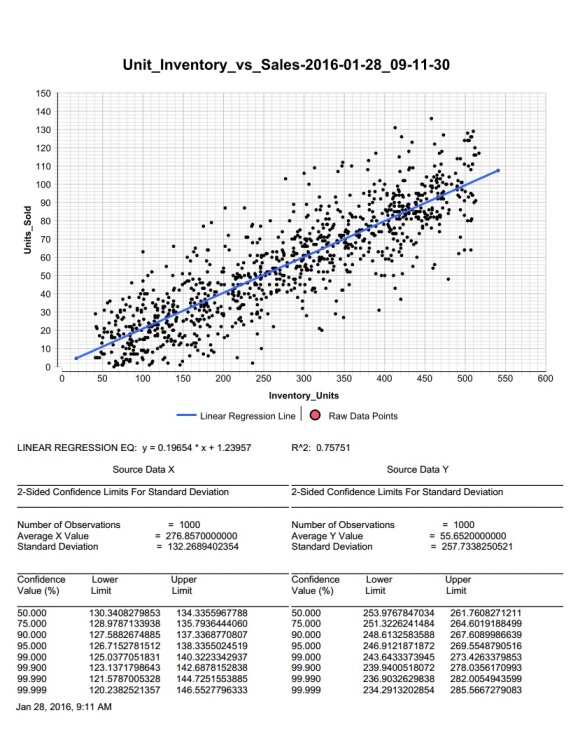 Big Data
Big Data
Linear regression is a staple data analysis function for financial, economic, research, and many other disciplines, that helps discover new data correlations. Users of the IRI Voracity platform can now simultaneously process big data from any number of sources and present customized trend lines to help business users make predictions. Read More
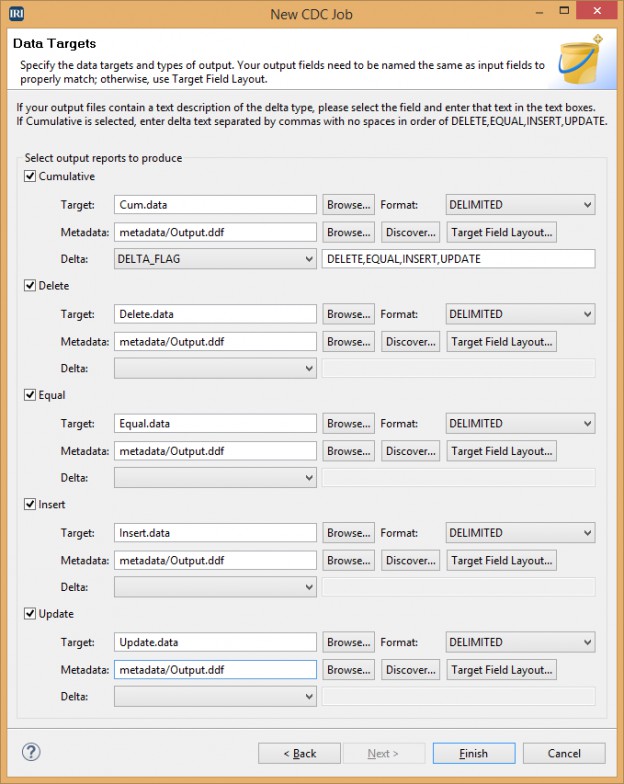 Business Intelligence (BI)
Business Intelligence (BI)
There is now a bulk/batch Change Data Capture (CDC) wizard in the IRI Workbench GUI for Voracity, built on Eclipse™. This new graphical report builder compares previous and current data sources based on a flag field you select, and gives you the option of producing five different targets — Cumulative, Delete, Equal, Insert, and Update — or any combination thereof. Read More
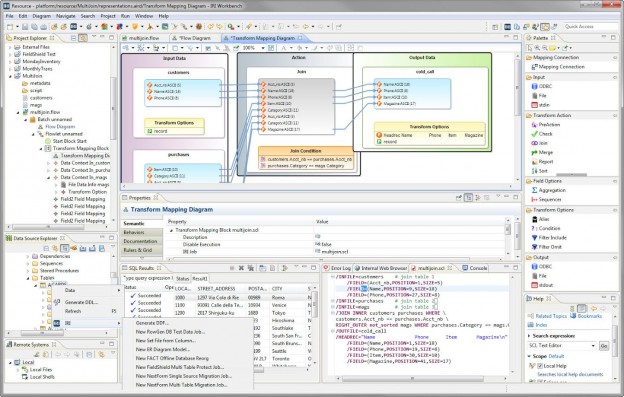 Data Migration
Data Migration
A DSN (database source name) file allows multiple users to connect to a database with information in a flat file. It is used by the database client program — in this case, software in the IRI Workbench — to connect to a database. Read More
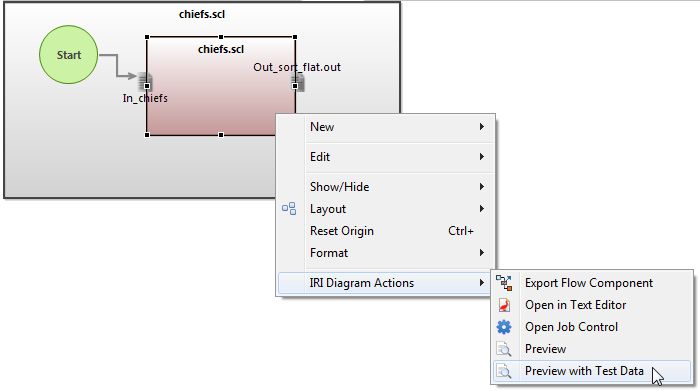 Data Transformation
Data Transformation
During the design of IRI Voracity workflows in the IRI Workbench (Eclipse) GUI, you can preview the results of one or more transforms before saving or running the project. Read More